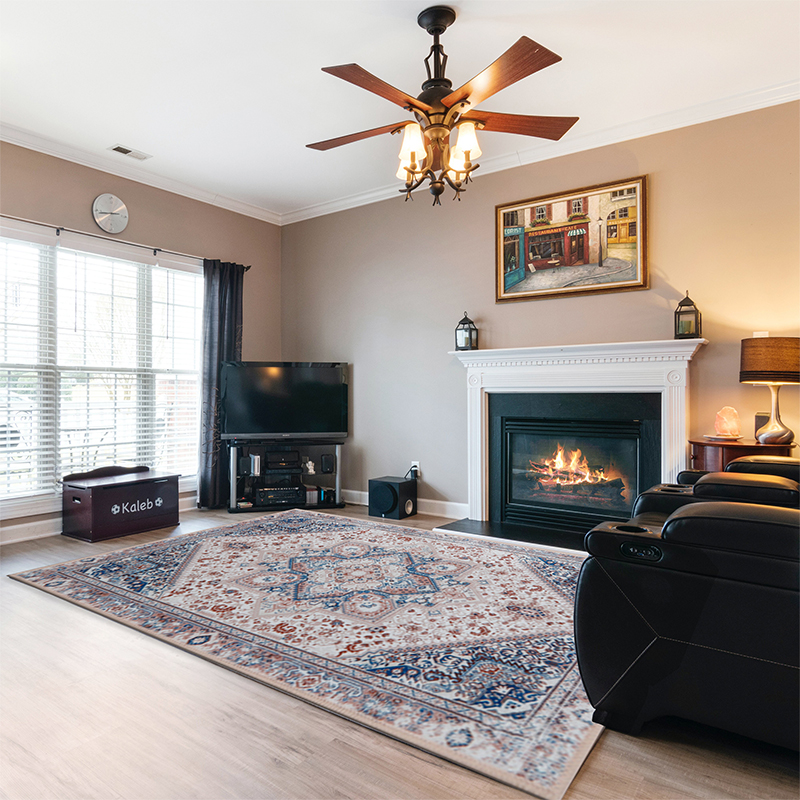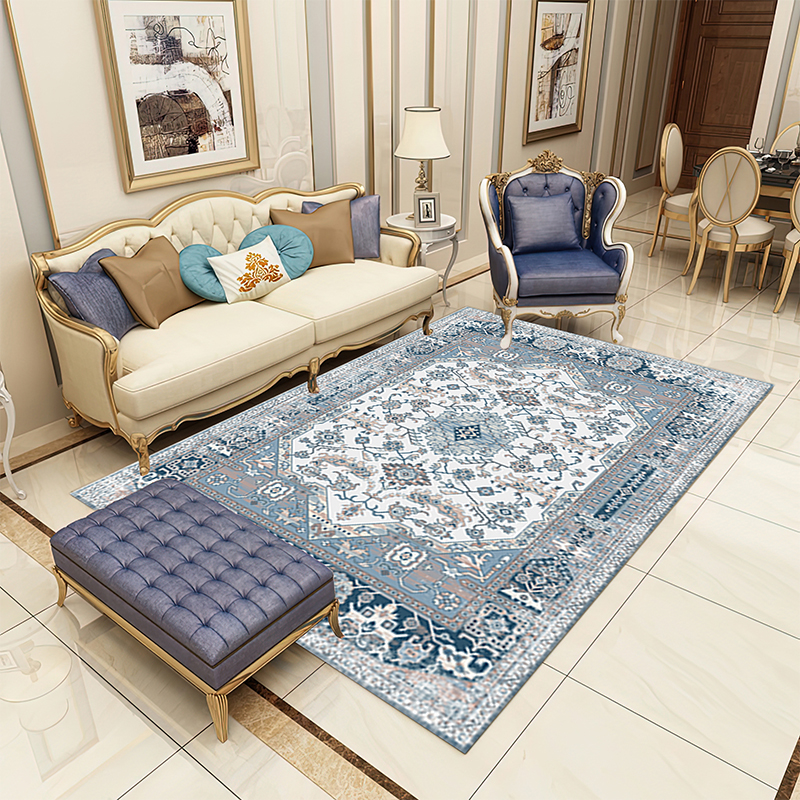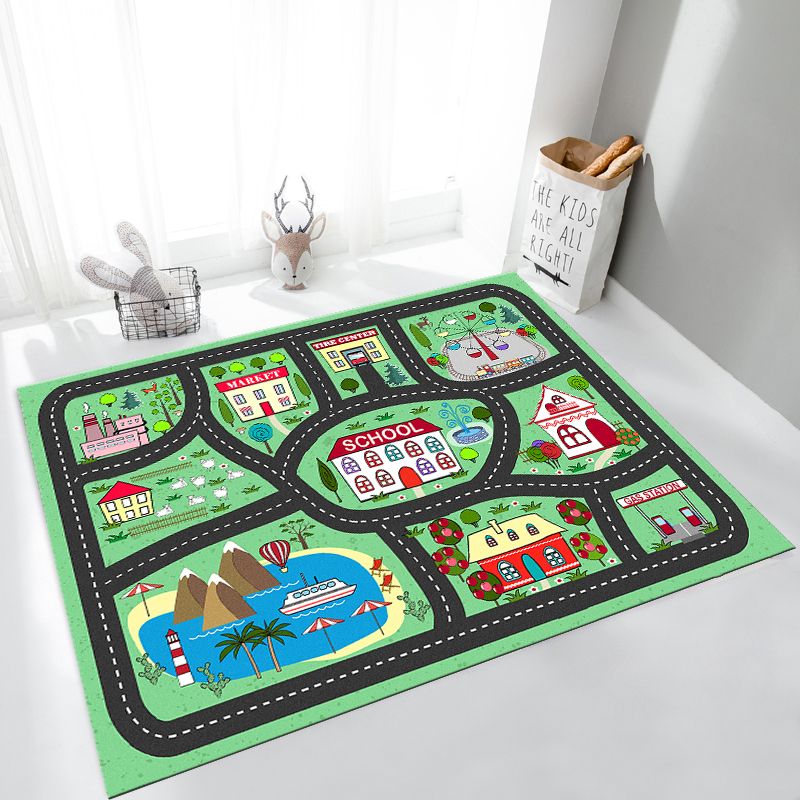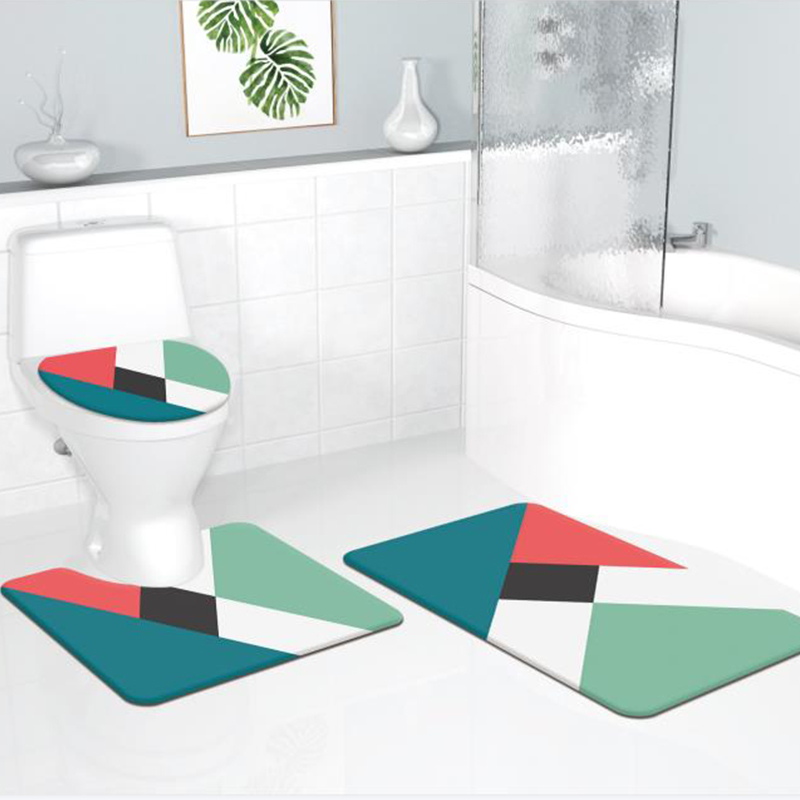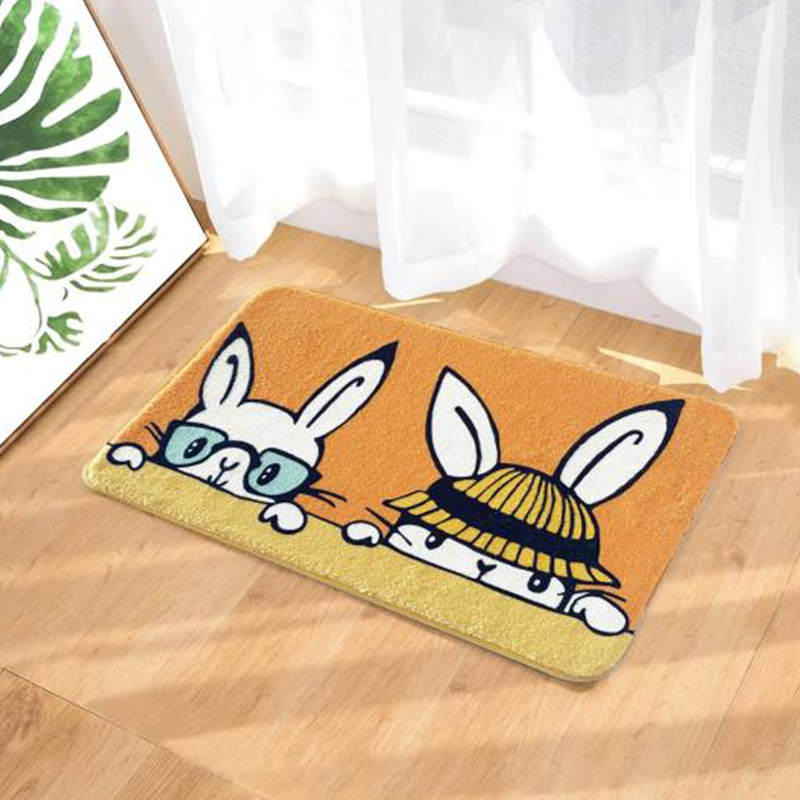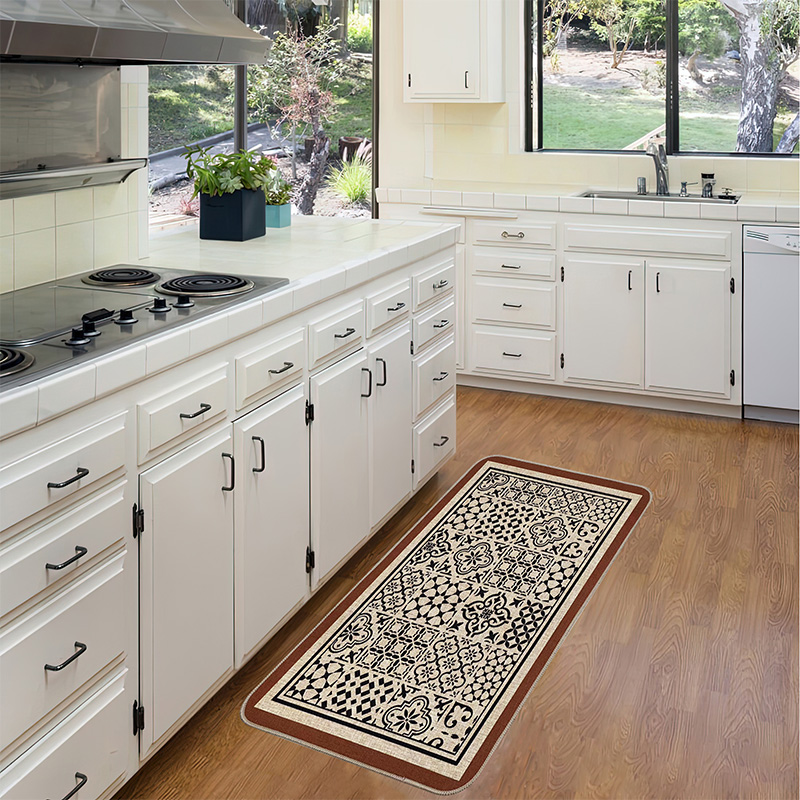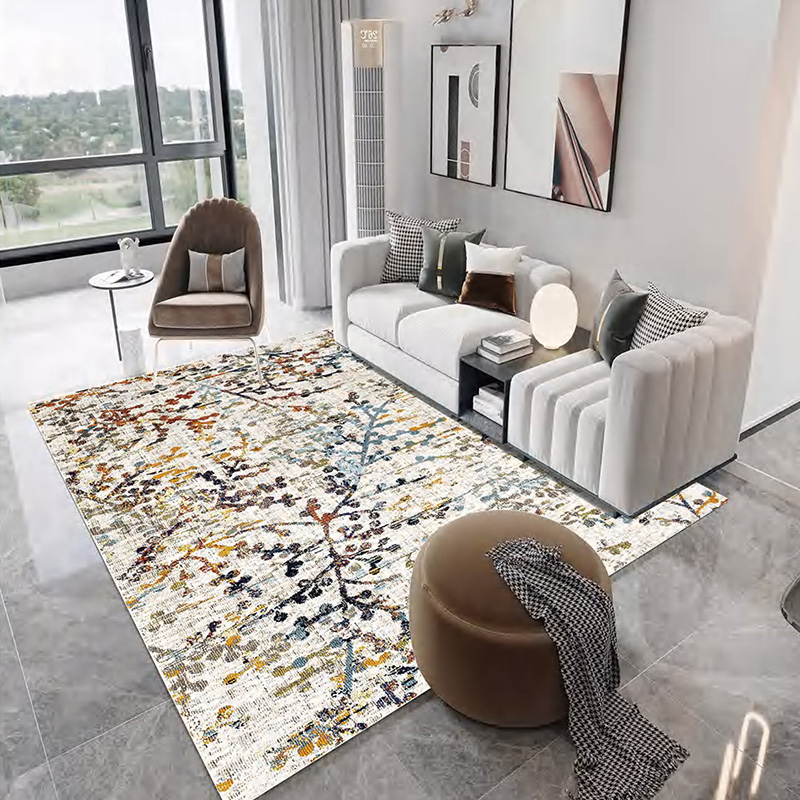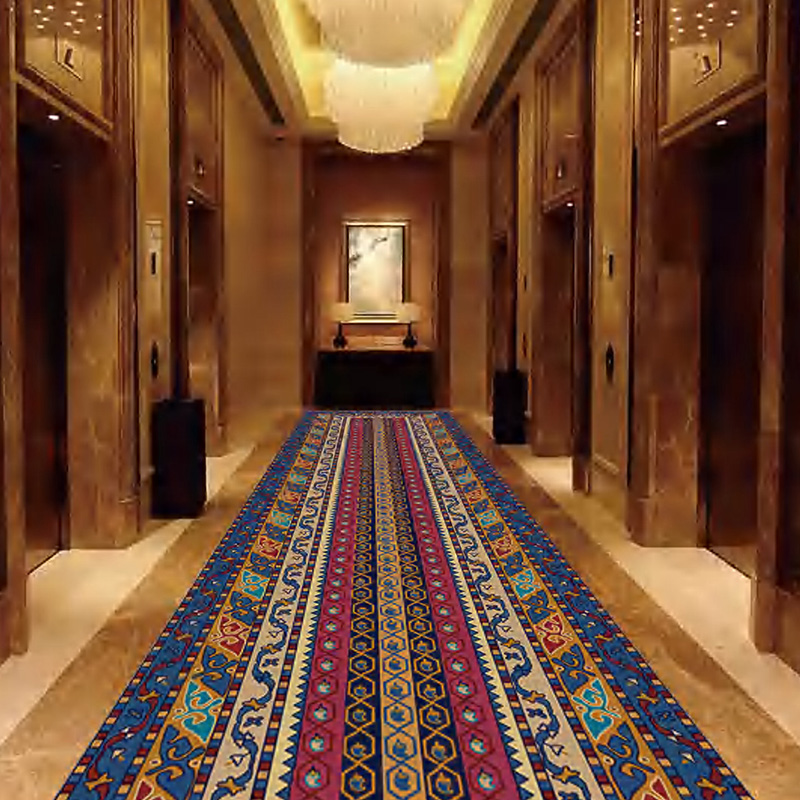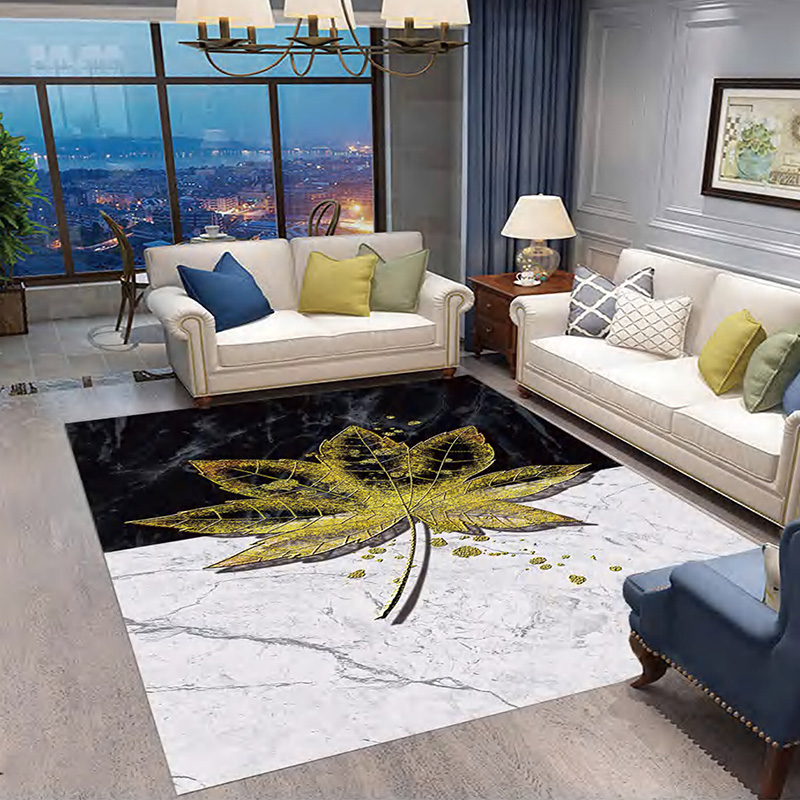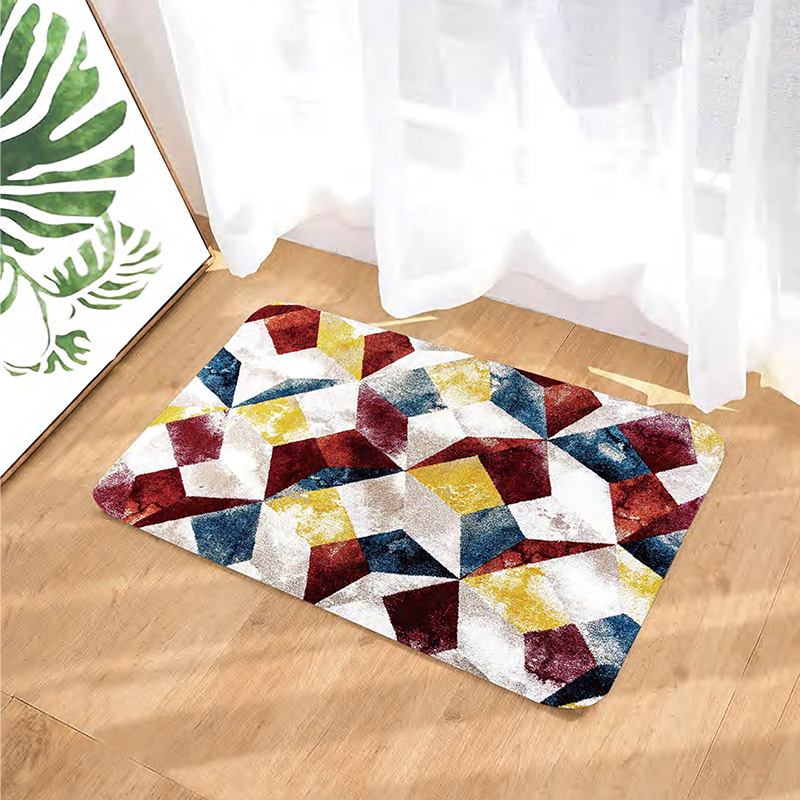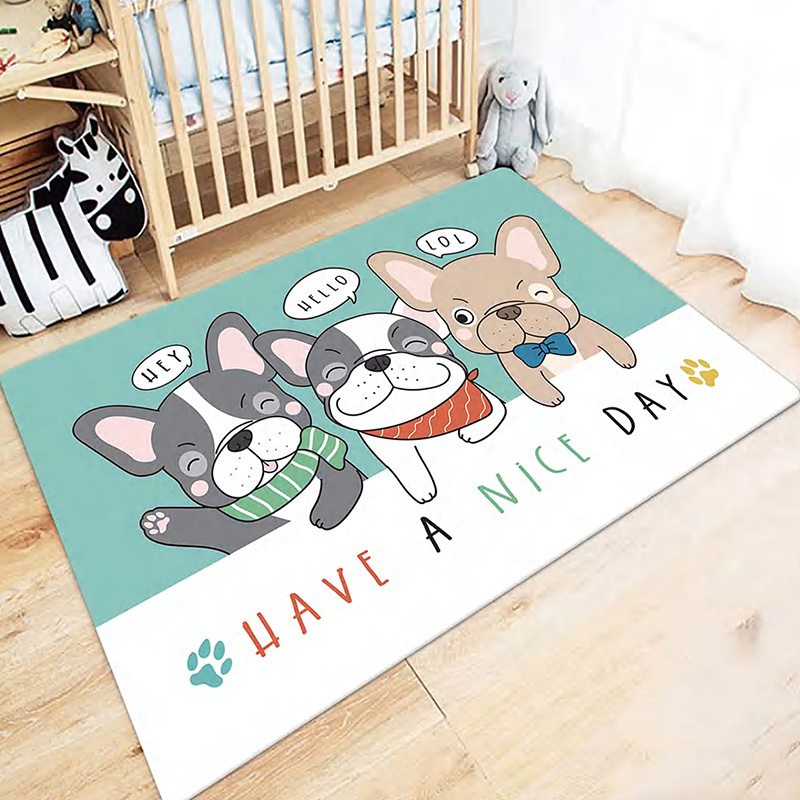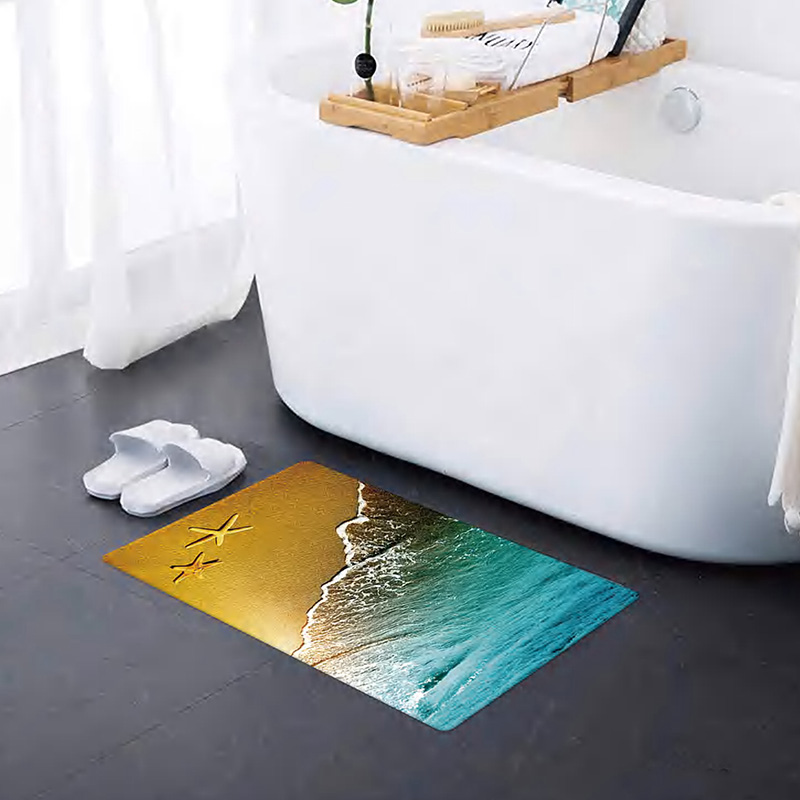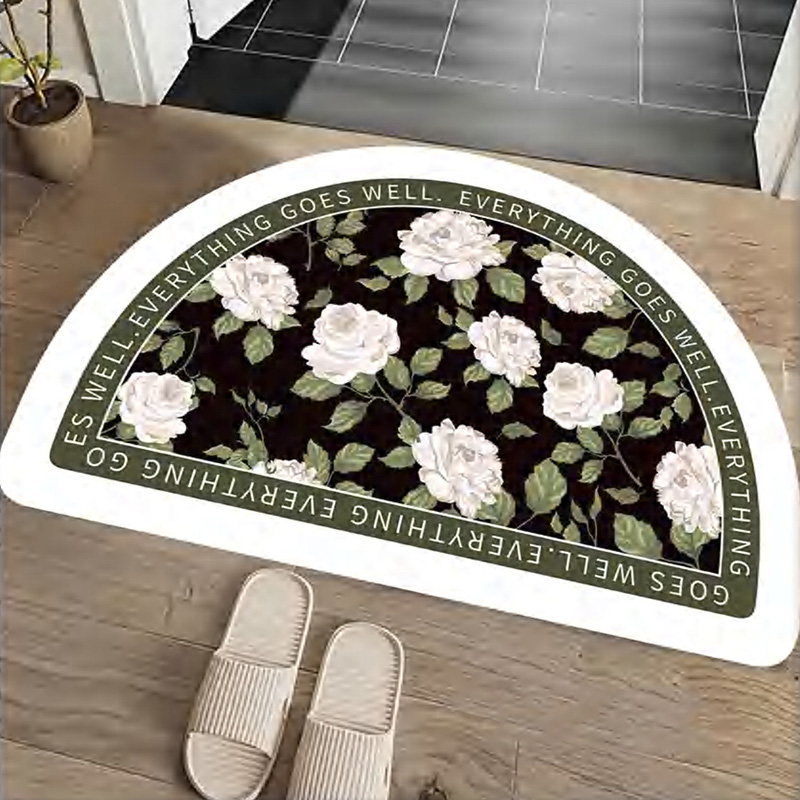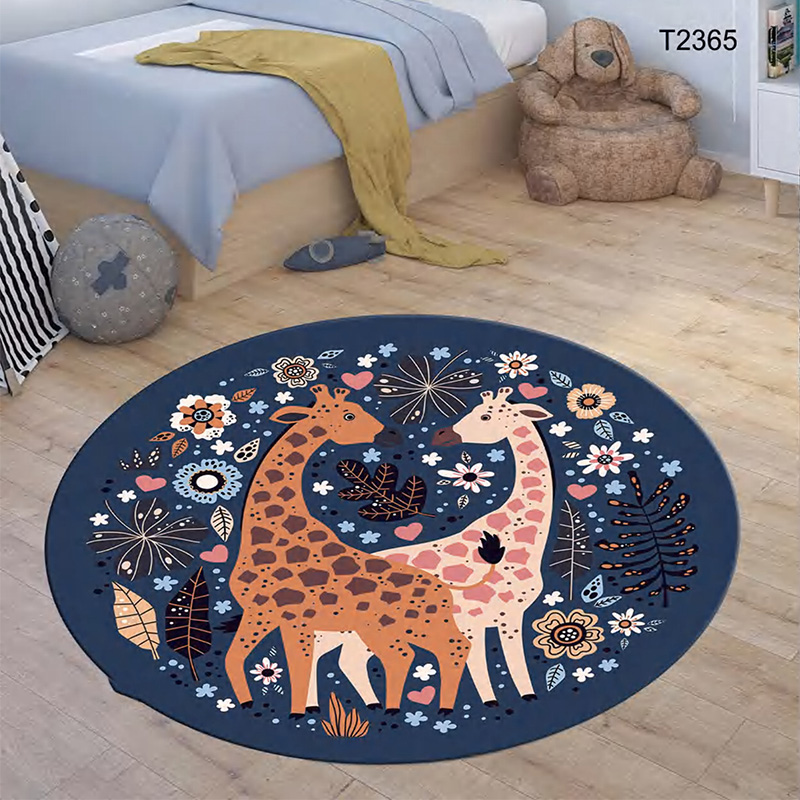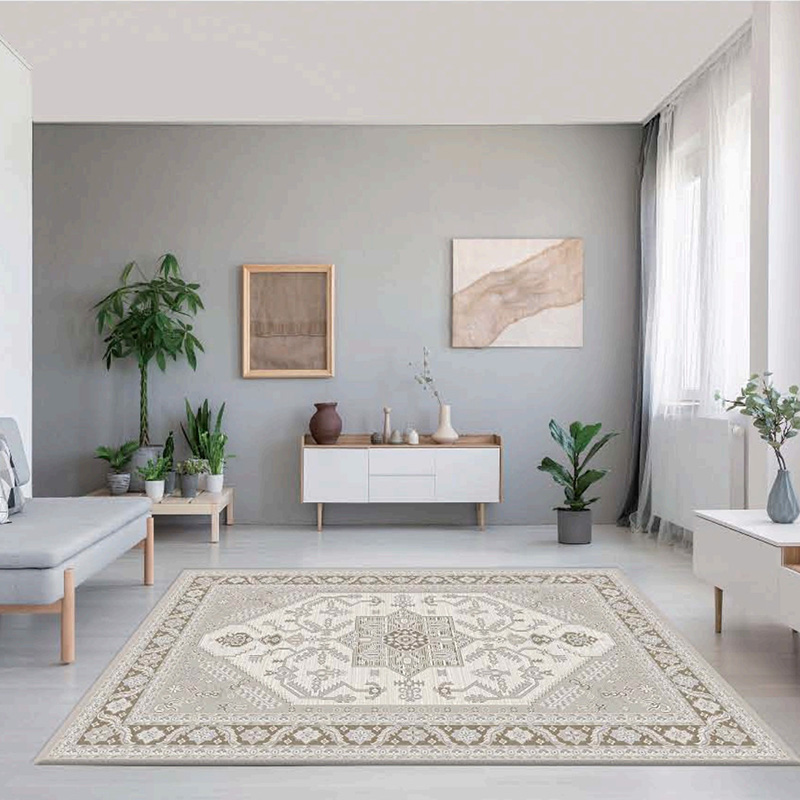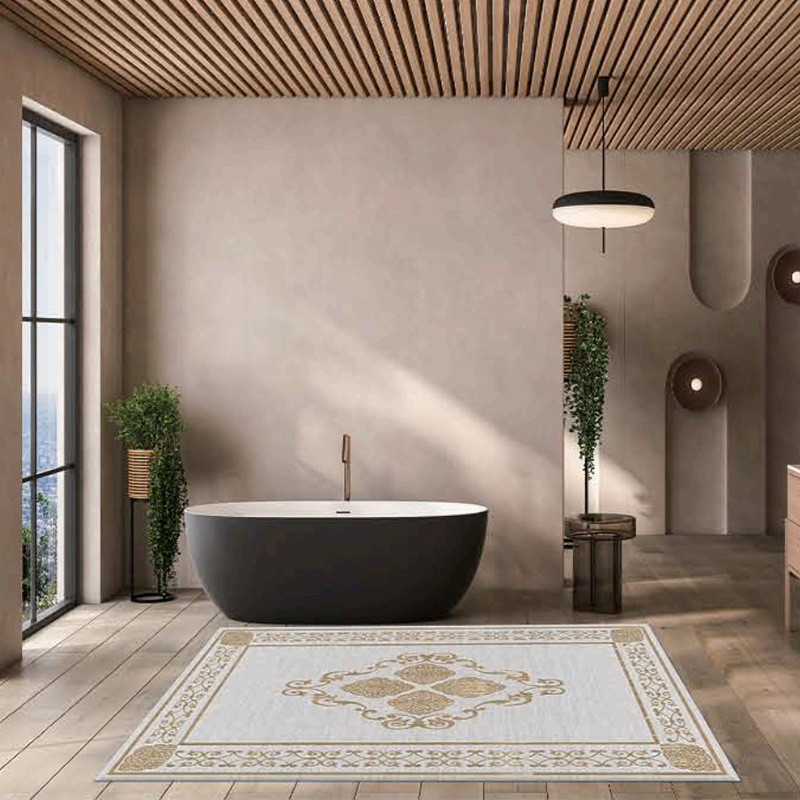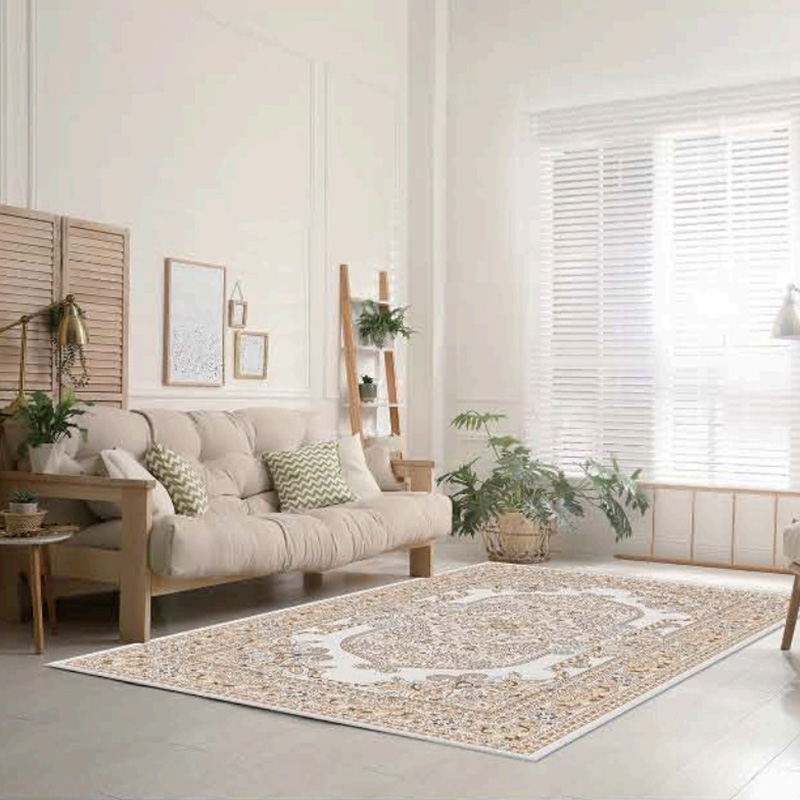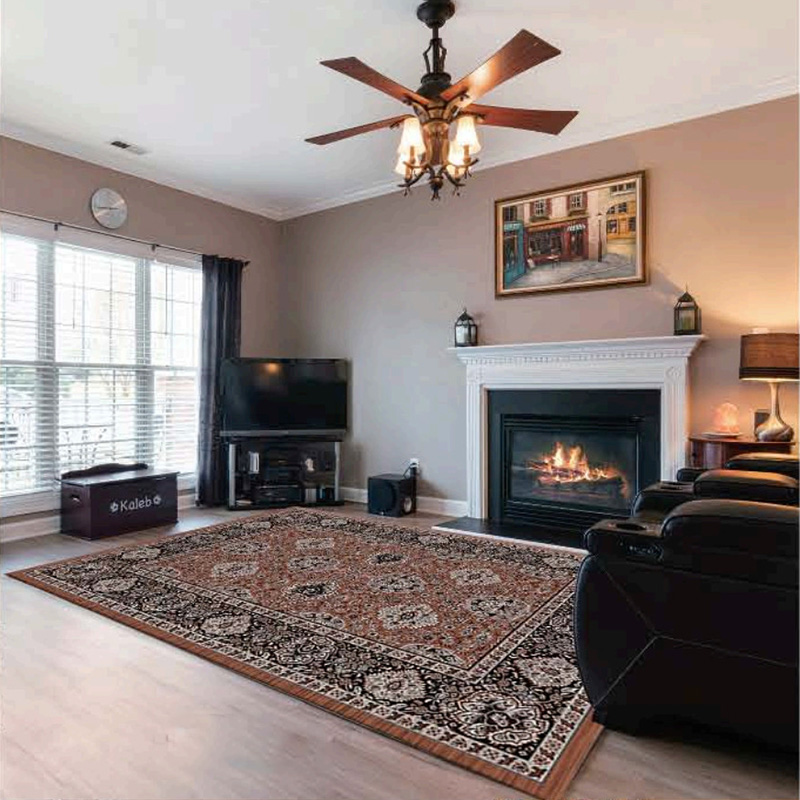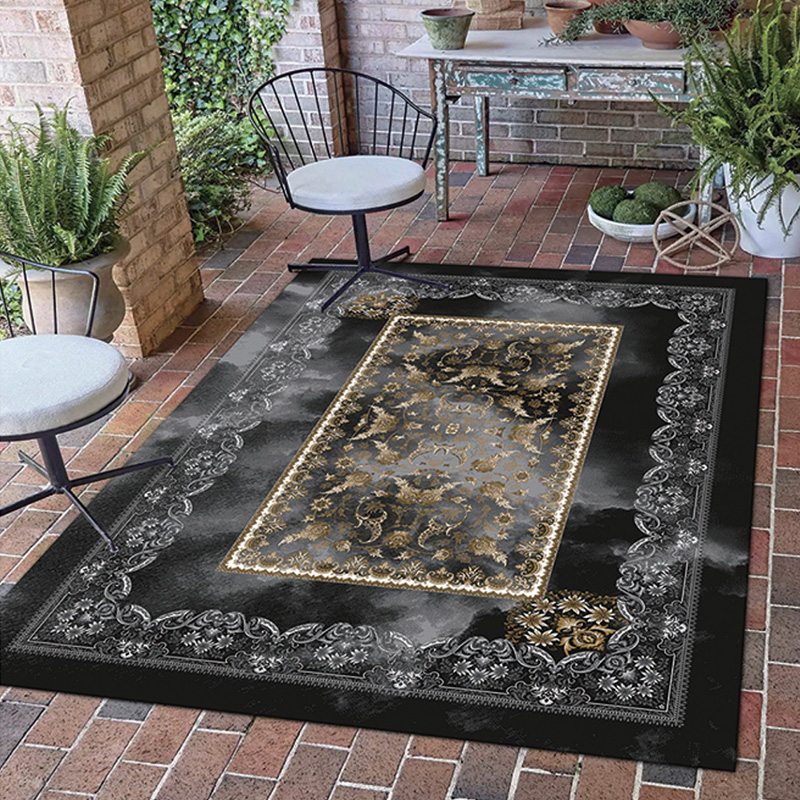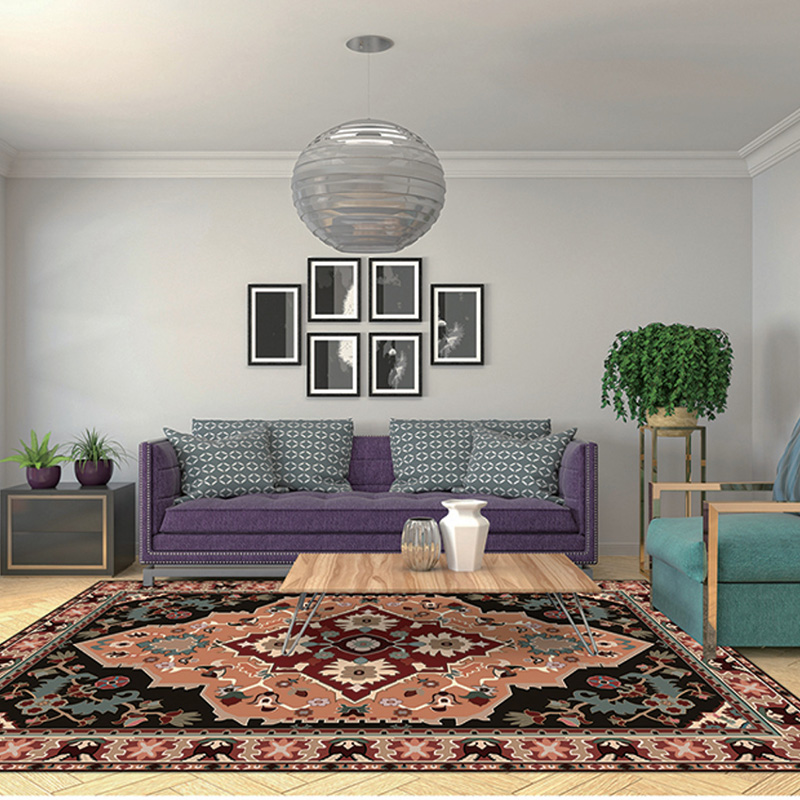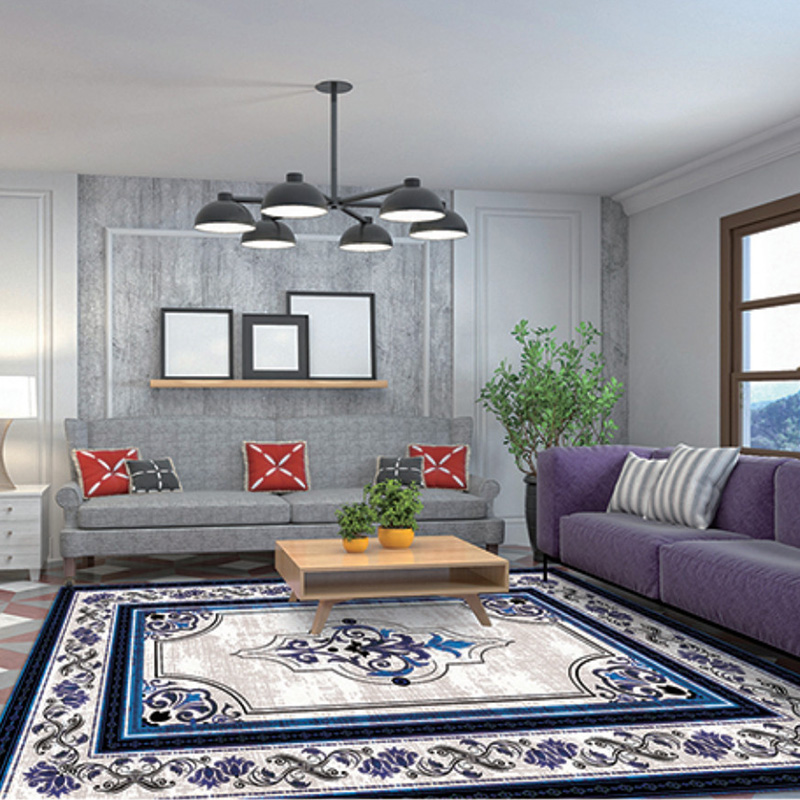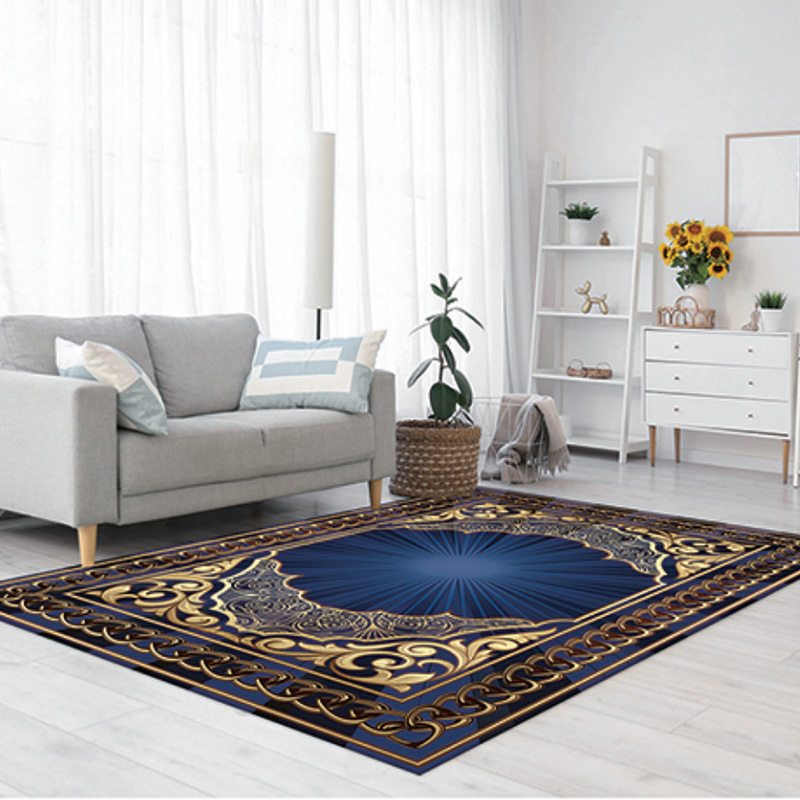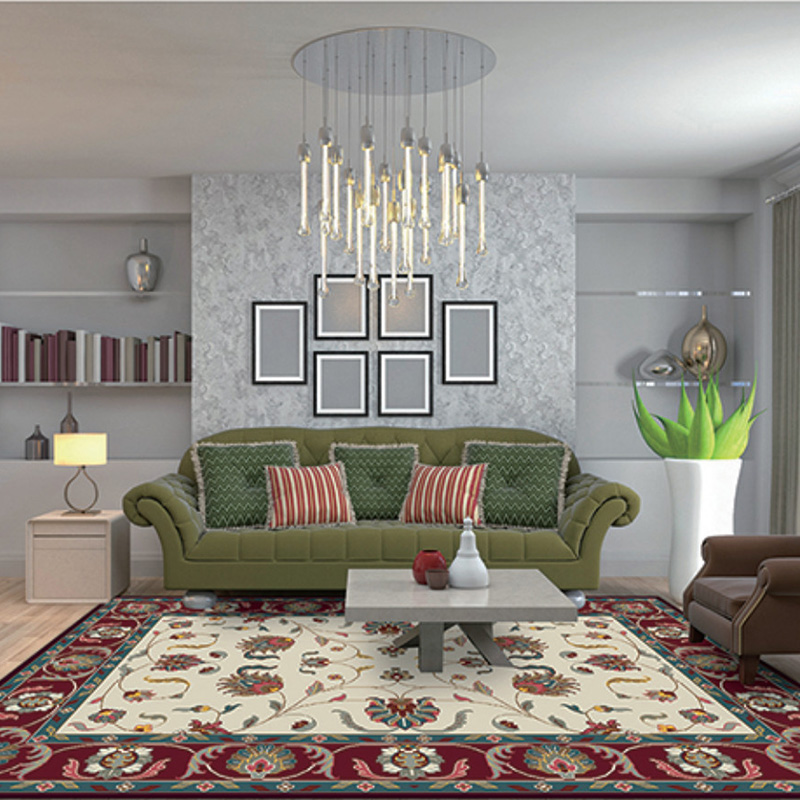The modern home is evolving—and so are the expectations around decor, cleanliness, and convenience. One product at the forefront of this change is the washable floor rug. Once a novelty, these versatile rugs are now a staple in homes across the globe, appreciated for their practicality, durability, and design-forward aesthetics. As consumers increasingly seek home furnishings that balance beauty with ease of care, washable rugs are transforming the flooring industry in both residential and commercial segments.
From Luxury to Necessity
Washable floor rugs were once perceived as niche items suited for pet owners or parents with toddlers. Today, they’re a option for anyone looking to maintain a hygienic, stylish living space with effort. The surge in demand is being driven by several factors: rising allergy awareness, the increase in pet-friendly homes, and a greater emphasis on functional design in compact living environments.
Consumers now expect their home goods to do more than just look good—they must perform, endure, and simplify life. Washable rugs meet all these criteria, offering the freedom to clean up spills, dirt, and allergens with a simple machine wash, eliminating the cost and inconvenience of professional rug cleaning services.
Materials and Construction: Built for Life
The construction of washable floor rugs has come a long way in recent years. Unlike traditional rugs that require dry cleaning or spot treatments, these rugs are engineered using low-pile materials such as polyester, cotton blends, or recycled fibers that can withstand frequent washing without fraying or fading.
Many brands now offer multi-layer systems: a decorative top layer that can be detached and washed, paired with a slip-resistant, cushioned bottom pad. This modular format allows for more targeted cleaning and easier handling—especially for large-size rugs. Anti-curl edges and durable stitching further enhance their appeal for high-traffic areas.
Design Innovation Meets Function
Today’s washable rugs are not only practical—they’re stylish. As demand has increased, so has the range of designs available. From minimalist neutrals to vintage-inspired Persian patterns, bold geometrics to boho chic, there’s a washable rug for every aesthetic.
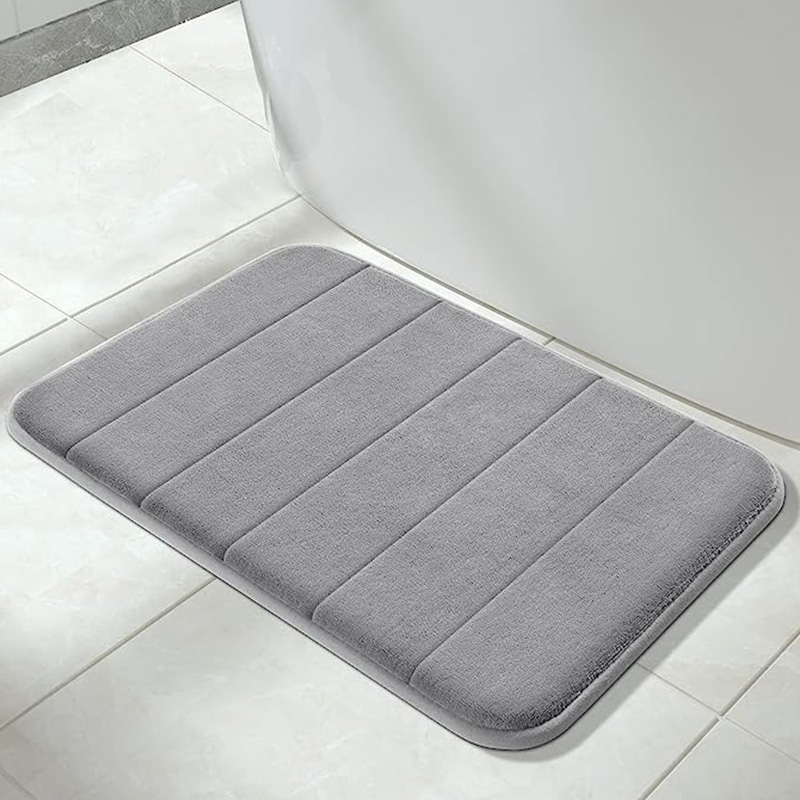
Homeowners are no longer forced to sacrifice style for practicality. Many interior designers are now incorporating washable rugs into their projects for entryways, dining areas, kitchens, and even bathrooms—places traditionally vulnerable to moisture and mess.
Seasonal style updates have also become easier. With affordability and easy care, consumers are more inclined to switch rugs with the seasons, just like they would throw pillows or curtains, opening new avenues for creative expression.
Driving Forces Behind Market Growth
The washable floor rug market has exploded in recent years, fueled by a combination of lifestyle shifts and technological innovation. The pandemic significantly boosted interest in home hygiene, and many consumers discovered washable rugs during a wave of home improvement projects.
Pet ownership also plays a big role. As more households welcome dogs and cats, washable rugs offer a stress-free way to maintain clean, odor-free floors. For parents of young children, the ability to toss a rug in the washing machine after spills or accidents is a game-changer.
Additionally, consumers living in smaller urban apartments are opting for rugs instead of carpets. A washable rug provides warmth, texture, and sound absorption without the permanence or maintenance headaches of wall-to-wall carpeting.
E-Commerce and Direct-to-Consumer Boom
Washable rug brands have thrived in the direct-to-consumer (DTC) space. Online-companies have harnessed digital tools such as augmented reality, customization platforms, and video demonstrations to highlight the practicality and beauty of their products.
Subscription-based rug exchanges and “rug refresh” programs have emerged, giving customers the option to swap designs periodically—similar to fashion or furniture rental services. Influencer partnerships and real-time user reviews help drive confidence and brand loyalty.
Environmental and Ethical Considerations
Sustainability is increasingly shaping the washable rug category. Many brands are moving toward eco-friendly practices, offering rugs made with recycled fibers, organic cotton, or biodegradable dyes. Reusable packaging and carbon-neutral shipping are becoming common among offerings.
As consumers scrutinize their home decor purchases more closely, companies that prioritize ethical production, low-impact materials, and transparency in sourcing are gaining competitive advantages.

 英语
英语 阿拉伯语
阿拉伯语 德语
德语
